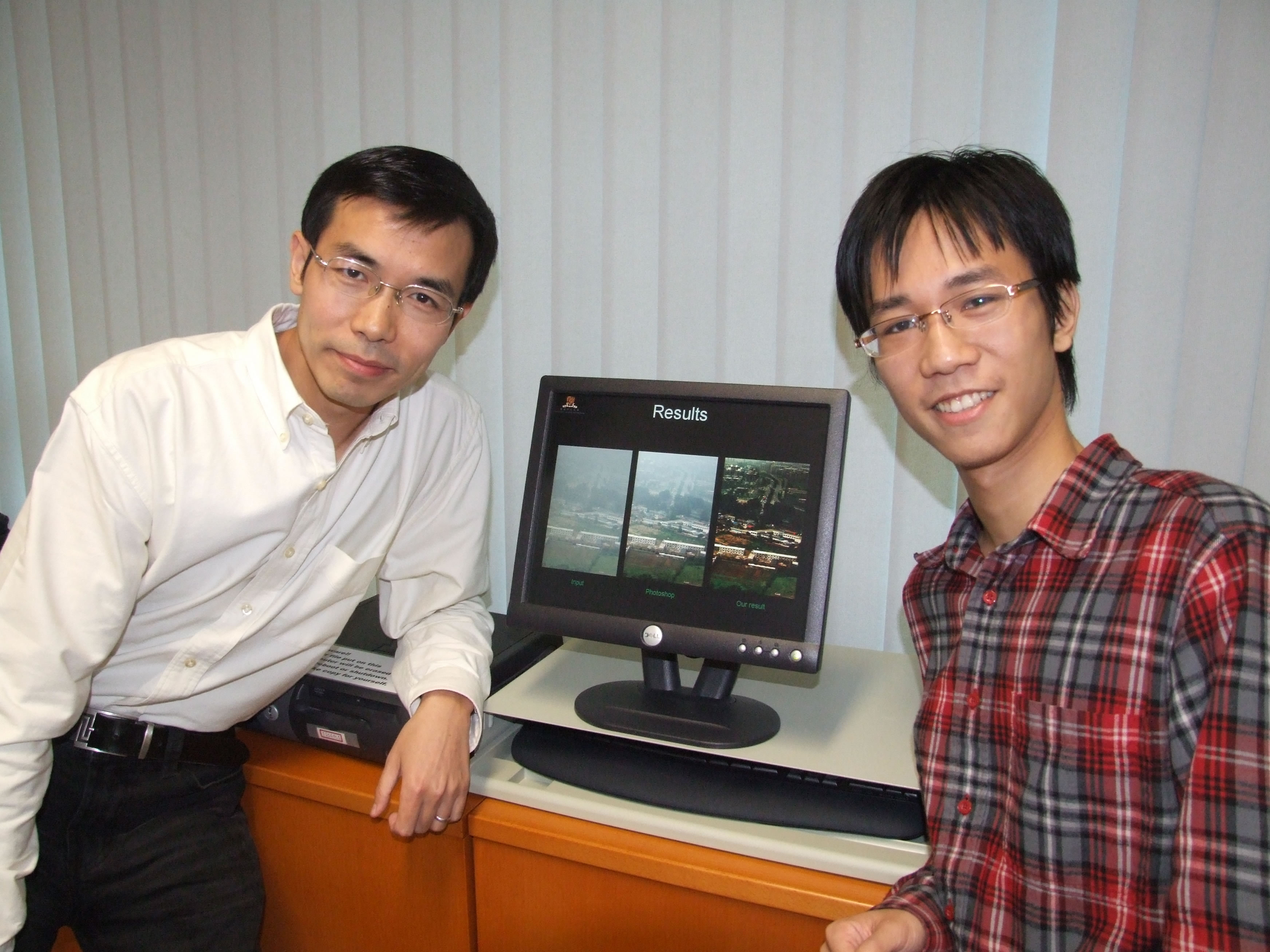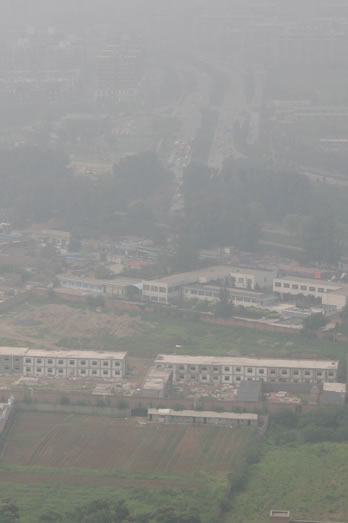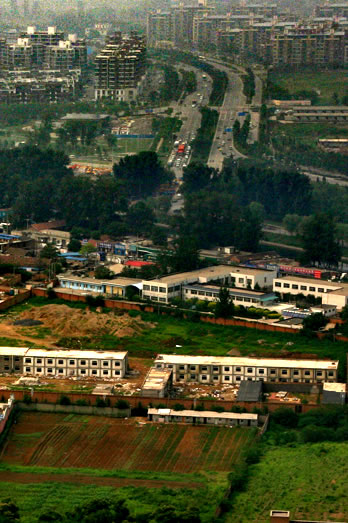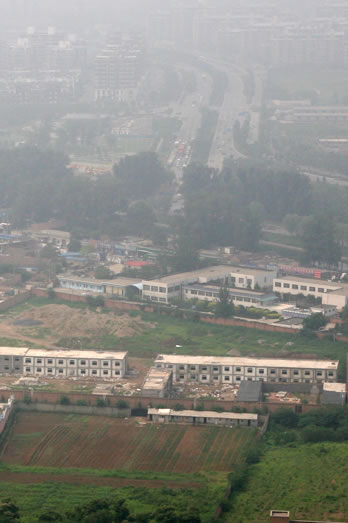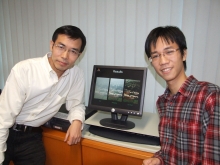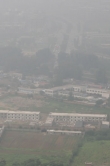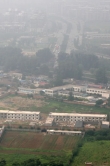CUHK
News Centre
CUHK Scholar as the First Asian to Win Best Paper Award at International Flagship Computer Vision Conference
Prof. Tang Xiaoou and his PhD student, Mr. He Kai-ming, of the Department of Information Engineering, The Chinese University of Hong Kong (CUHK), and Dr. Sun Jian of Microsoft Research Asia won the Best Paper Award for the paper entitled ‘Single Image Haze Removal Using Dark Channel Prior’ at the prestigious IEEE Conference on Computer Vision and Pattern Recognition (CVPR) 2009. It is the first time ever Asians receive this top honour since the establishment of the conference 25 years ago.
CVPR is the most influential international conference on computer vision. Annually, it draws scholars from renowned universities all over the world to submit papers. A total of 1,464 papers were received this year for the competition. The CUHK paper beat other competitors and won the only award, the Best Paper Award, which will be conferred on 23 June in Florida, USA.
The paper was awarded for its unprecedented findings on the characteristics of ‘hazy images’, referring to blurred photos degraded by fog or smoke. For example, when taking photos of the Victoria Harbour on days with high Air Pollution Index, the photos would look misty due to abundant suspended particulates in the air. The authors of the paper collected and systematically analysed a large number of hazy and haze-free photos. A statistical law of dark channel prior was discovered to estimate the thickness of haze. According to this law, haze removal can be achieved by locally recovering the colors at different regions of the photo with reference to the thickness of haze. After processing, the photos would look as if they were taken on a sunny day.
The haze removal technology has important and extensive applications in photo processing, outdoor CCTV systems and analysis of satellite images. However, the haze removal technologies previously available are far from satisfactory as those image processing softwares can only slightly enhance the contrast of hazy images but not really remove haze. In reality, the thickness of haze in most of the photos is not even. Using a uniform standard to process the whole picture will result in uneven degrees of clarity and partial distortion due to over-processing. The ground-breaking technology developed by CUHK can assess the variation of haze thickness in photos and execute different degrees of haze removal as appropriate to completely remove haze. The technology can also be applied to estimate the corresponding distances between different objects in a photo, enabling 2D pictures to be converted to 3D models, and is considered another significant breakthrough in the field.
Prof. Tang Xiaoou (left) and his PhD student, Mr. He Kai-ming, of the Department of Information Engineering, CUHK


